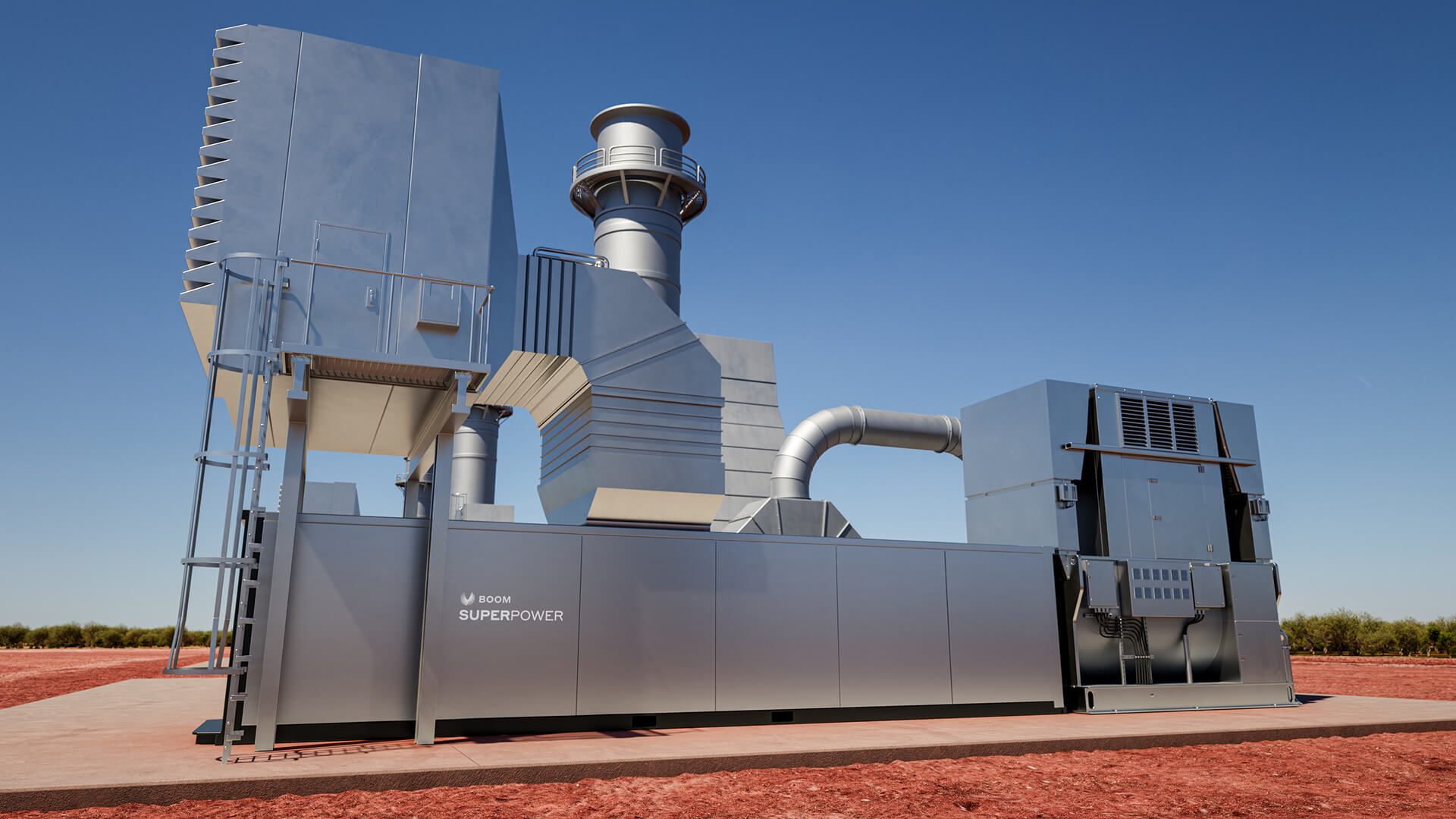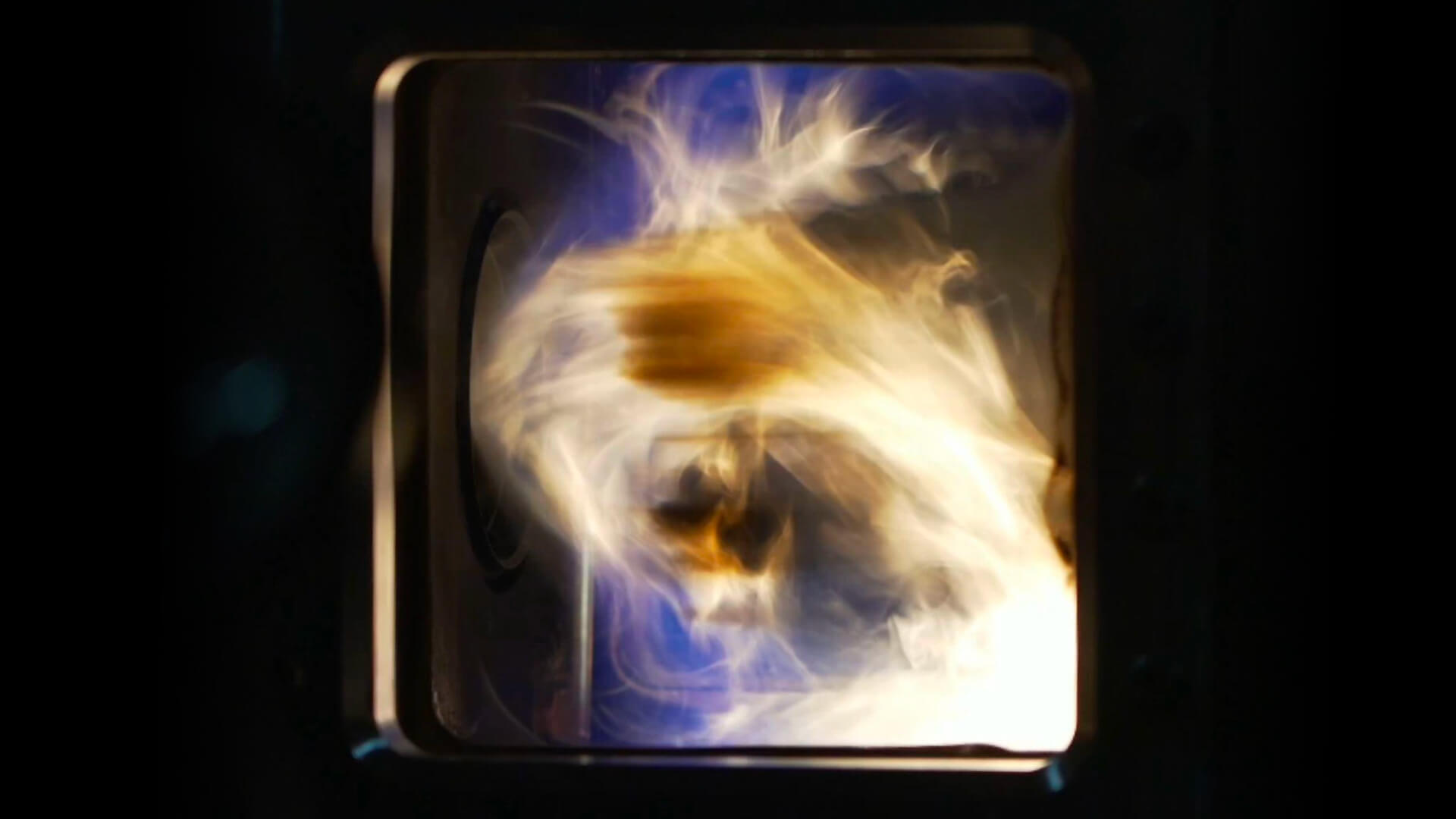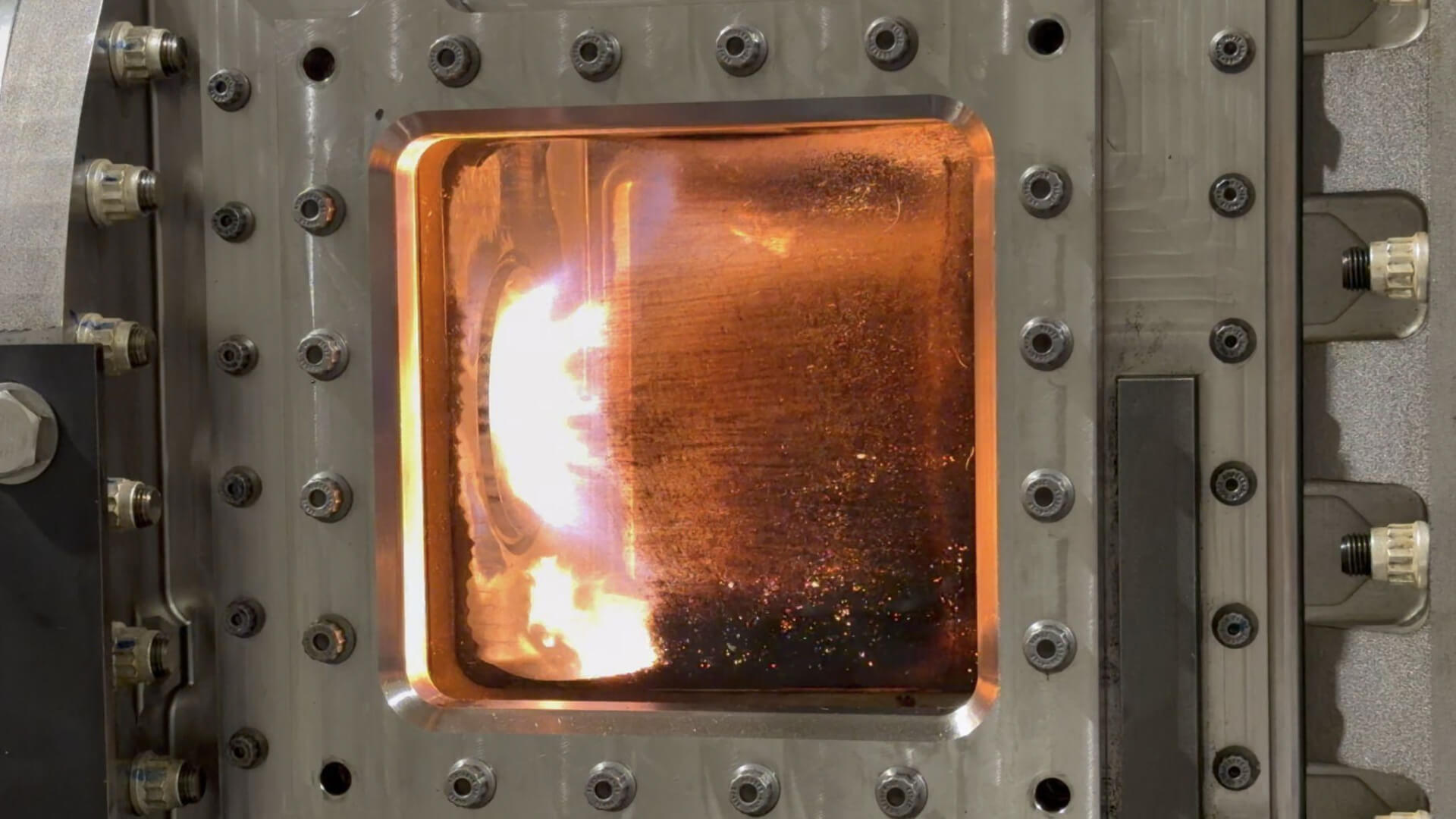Spend enough time with engineers, and you notice that they’re usually chasing a moment. Sometimes it’s a fraction of a second, where months or years of research and development come to life in a flash. For the Boom team developing Symphony, an engine built from the ground up for supersonic flight, one of those moments happened recently at the Ben T. Zinn Combustion Lab at Georgia Tech, a leading research center in the fields of combustion and propulsion.
Through the window of a superalloy chamber, propulsion engineers from Boom along with Georgia Tech researchers watched as an igniter fired, filling the chamber with a blue-orange flame hot enough to melt aluminum. The single fuel nozzle designed to help Symphony achieve 40,000 pounds of thrust had come to life.
“It is amazing,” says Boom Senior Propulsion Engineer Dr. Nishant Jain. “It’s like rubbing sticks and seeing the first fire. It’s the same kind of exhilaration.”
For Boom, this wasn’t just a test. It proved that the team’s combustor design can handle the extreme conditions required for sustainable supersonic flight.
The tiny part powering flight
A fuel nozzle doesn’t look like much. Anyone who boards an airplane likely won’t see it. It’s a small, metal piece that sits deep inside the engine, but it is critical to achieving propulsion.
The fuel nozzle’s job is to precisely mix fuel and air so that ignition happens cleanly and reliably to ultimately drive the turbines. “You’ve got to mix the fuel with the air at the right time, in the right amount, and at the right distance,” says Jain.
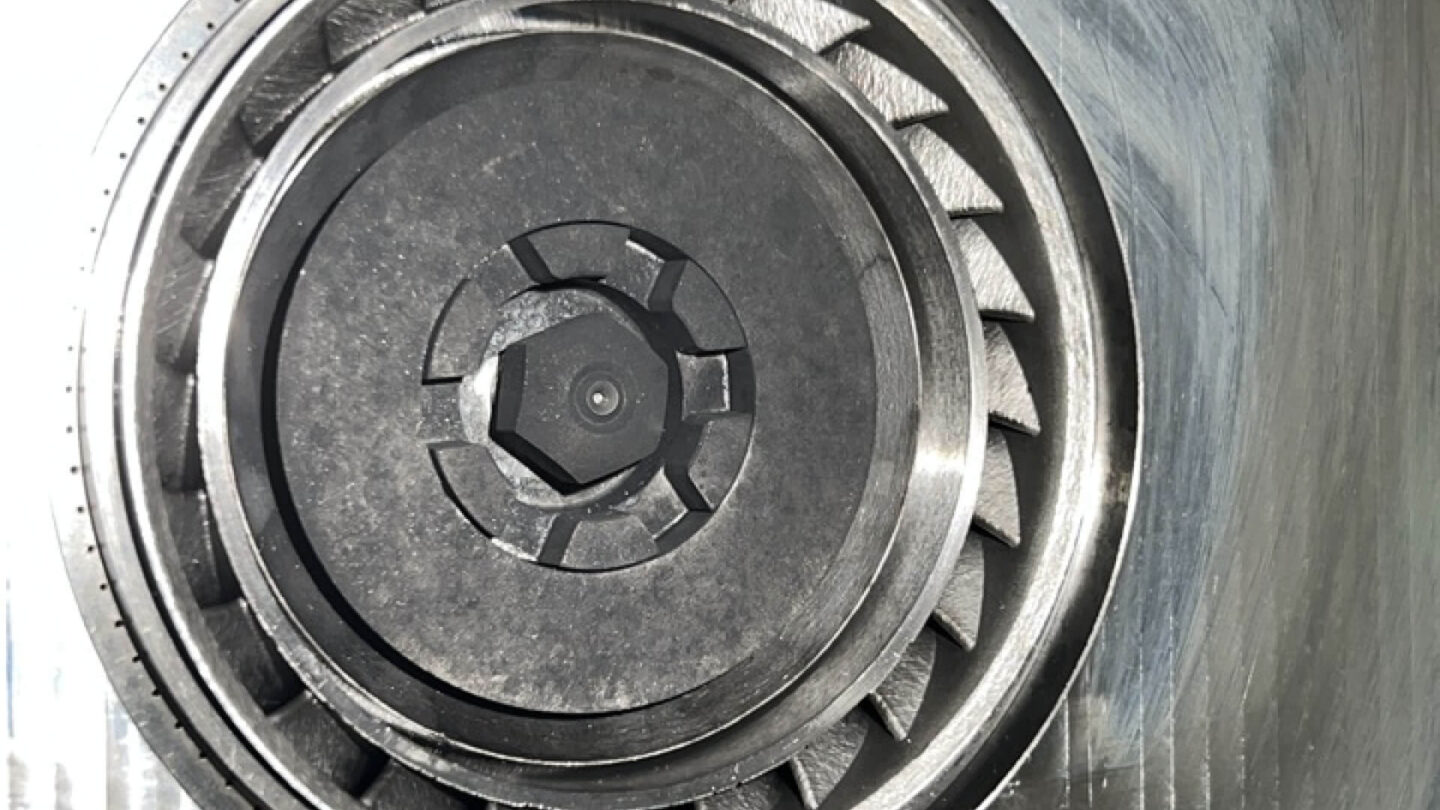
He says the challenge is the combustor needs to stay lit across a wide range of conditions, from idle on the runway to supersonic cruise, and do so cleanly enough to meet the performance requirements and emissions standards. “We are basically starting a fuel nozzle and combustor design from a sheet of paper.”
That’s rare in aerospace today, where most engines evolve from legacy designs. Symphony and its combustor are part of Boom’s strategy of vertical integration when it comes to designing and building Overture, the world’s fastest airliner.
How a single fuel nozzle helps simulate an entire engine
Boom engineers teamed up with scientists at Georgia Tech to build a custom testing rig that houses a single fuel nozzle and the combustion chamber. Though the rig holds just one fuel nozzle, a full ring of nozzles will eventually wrap around Symphony’s core. Isolating to a single fuel nozzle in a lab setting lets engineers study details that would be almost impossible to see in an assembled engine.

“Isolated rig tests like the single fuel nozzle test allow us to use more instrumentation and advanced optical diagnostics to gain insight into areas we can’t easily study in full engine tests,” says Boom Hot Section Lead Kevin Song.
Over the next several months, engineers from Boom and Georgia Tech will fire a series of weekly combustion tests that will light up the combustion chamber. They’ll simulate various flight conditions and study the fuel nozzle’s performance. Each ignition, capturing thousands of data points per second to validate combustor design models, is a dress rehearsal for the main event: Boom’s 2026 sprint core engine test. The core, measuring 12 feet long and four feet in diameter is the high pressure spool of the engine, made up of the compressor, combustor, and turbine.

“The test results will enable us to design a more sophisticated Symphony combustor that’s regulation-compliant,” said Song.
Built for progression
The rig itself is a product of both the partnership between Boom and Georgia Tech, and modern manufacturing. The team relied on additive manufacturing, industrial-grade 3D printing to produce many of the rig’s key components, including the fuel nozzle itself. Additive manufacturing along with AI and digital design tools allow engineers to iterate faster and integrate design changes as data comes in.
For Jain, coming to Georgia Tech was a bit of a homecoming. He earned his Masters in aerospace engineering at the university studying combustion from Professor Zinn, who is the lab’s namesake. He went on to complete his PhD dissertation there as well. Standing in the same lab where he once ran experiments as a student, he now watches a flame that will one day power Symphony. “It’s a full-circle moment to support a lab that continues to pioneer propulsion innovation and foster industry partnerships.”
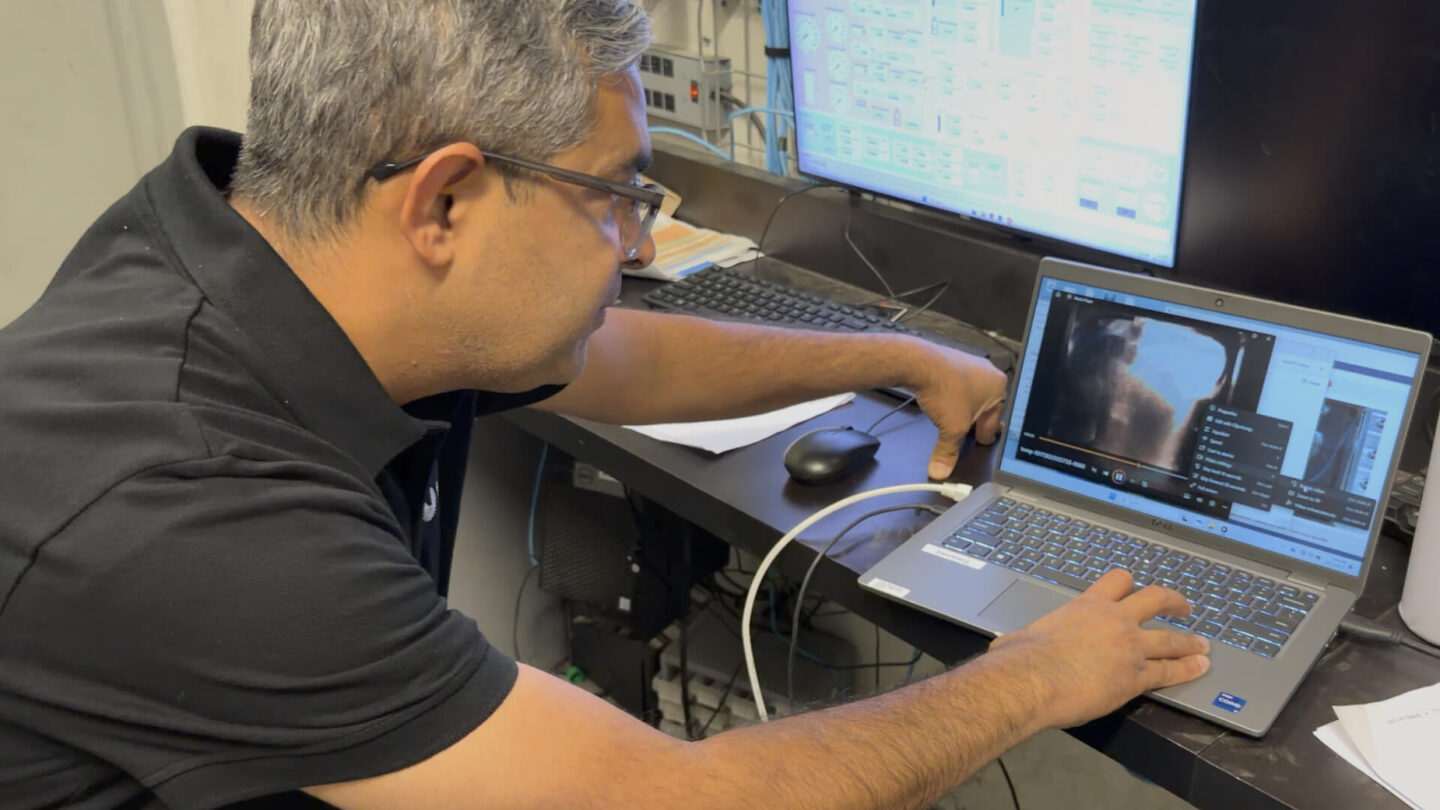
What they’re watching for
The rig is packed with sensors that measure variables like temperature and pressure, as well as cameras that capture the flame in high-speed detail. “We’re looking at things like flame shape, emissions and ignition,” says Dr. Connor Godbold, a research engineer at Georgia Tech. “We’re using cutting edge world-class diagnostics to really understand the thermodynamic and fluid dynamic conditions inside the combustor.”
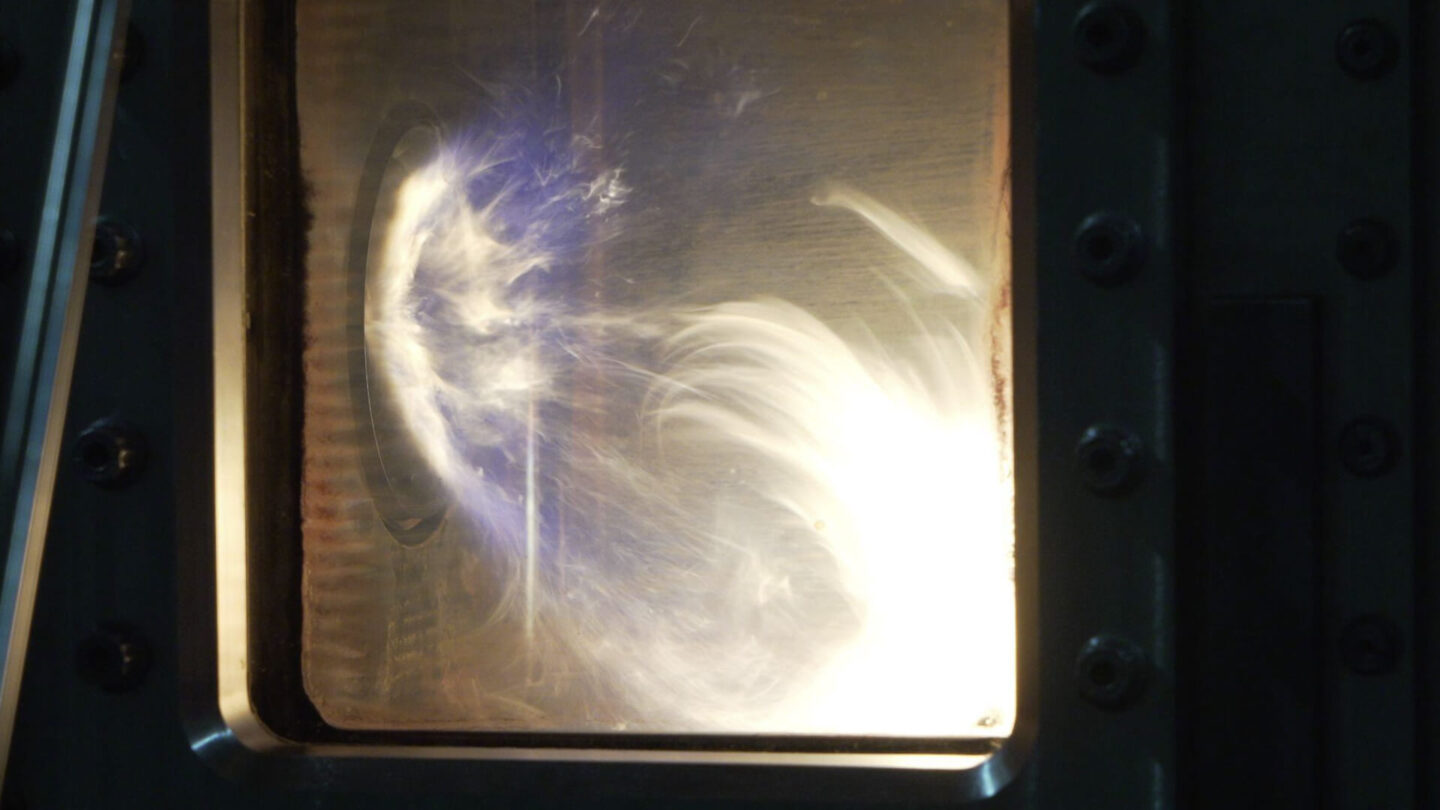
During a test, engineers are looking for three key forms of validation: safety, ignition and flame stability. A safe test means combustion is fully contained and controlled in the rig, and the team must be able to precisely adjust the fuel and air flow rates to manage heat release.
Successful ignition means a clean light on one of the first sparks, if not the first spark. Once they’ve established the flame, they shut off the ignitor. From there, the goal is stability: the flame should sustain itself as long as the mix of fuel and air is right.
“We know it’s working when we can repeat that result again and again,” says Jain.
The Supersonic Factor
Building anything for supersonic flight changes the rules. “A supersonic engine sees a wider operating envelope,” says Song. Compared to subsonic engines, Symphony will face more varied and demanding conditions, particularly in how long and how intensely its hot section components endure heat.
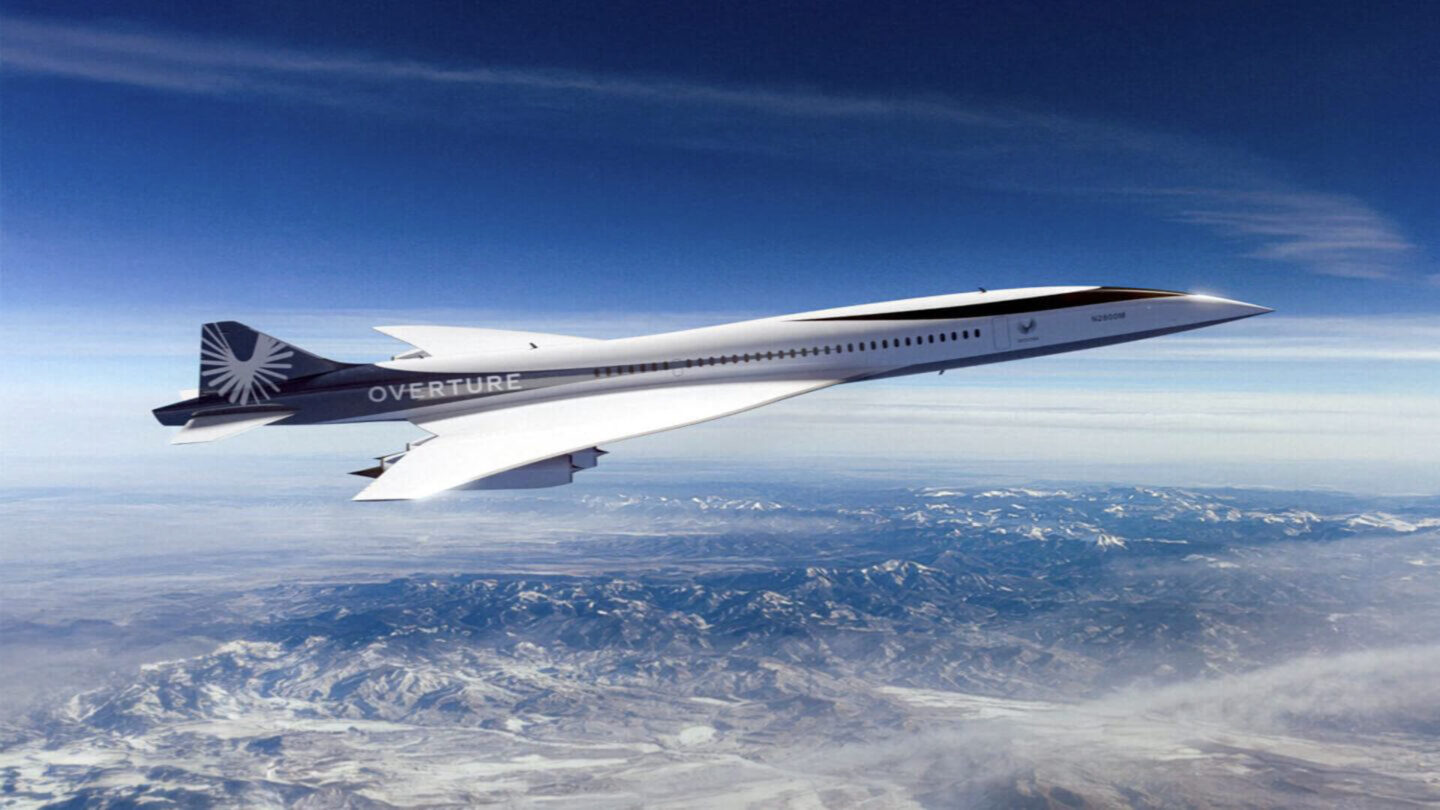
In a typical subsonic engine, the hottest moment happens during takeoff. But for a supersonic aircraft, the hottest operating point comes during supercruise, when the engine runs at high speed for an extended period. That means the combustor, turbine, and other hot-section components are continuously exposed to scorching temperatures, and must be built to maintain intense, long-lasting heat.
What comes next
The fuel nozzle will be put to the test next year when testing begins on Symphony’s sprint core at the Colorado Air and Space Port (CASP) in Watkins, just 35 miles from Boom headquarters. The site, previously used for hypersonic engine development, is being upgraded with more than $3 million in new infrastructure for Symphony’s next phase.
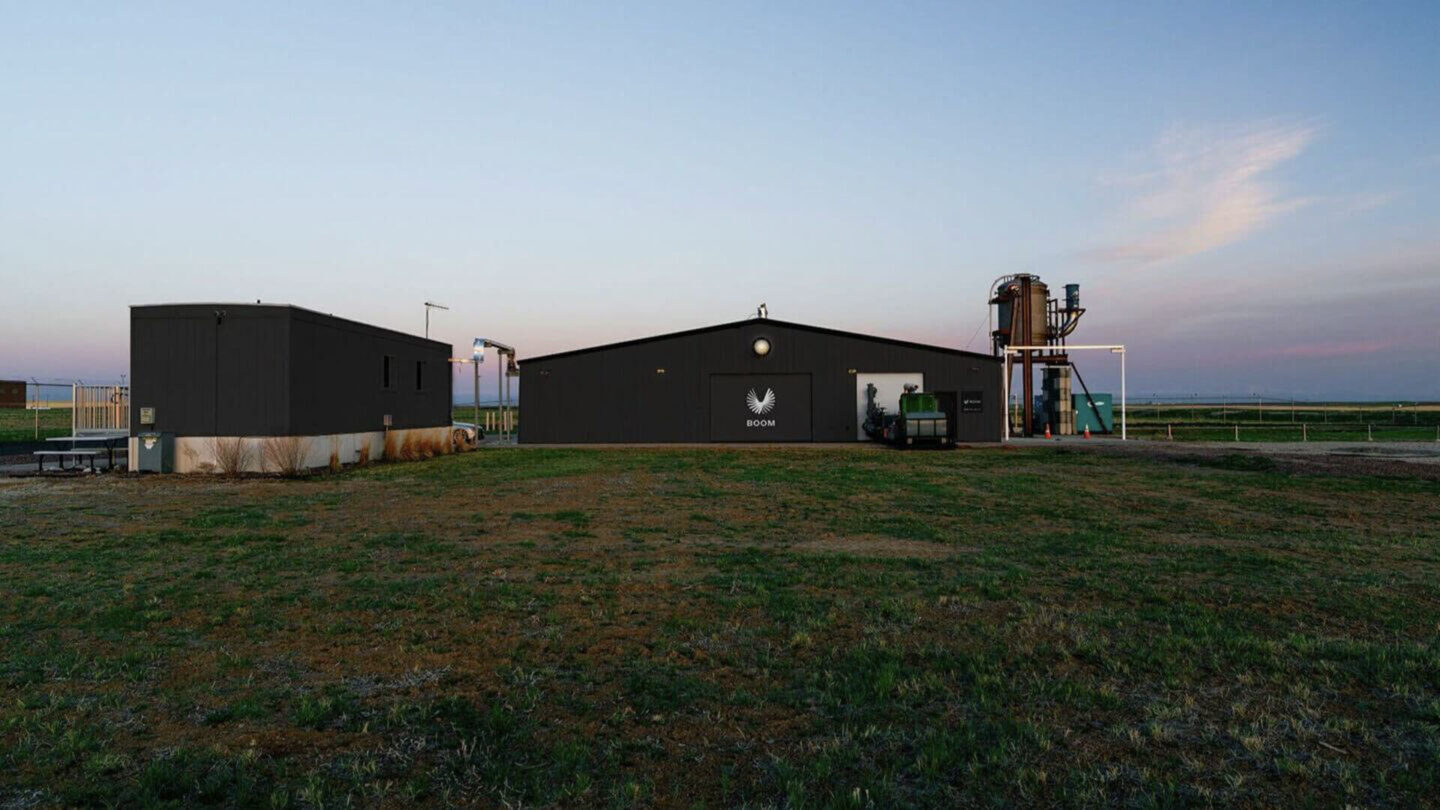
When the data collected at Georgia Tech is validated in the sprint core testing at CASP, it will mark a key step in optimizing Symphony’s design, the engine built to power Overture and make supersonic flight efficient for the future.

